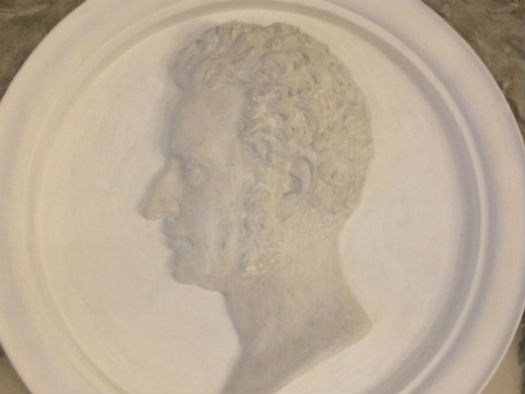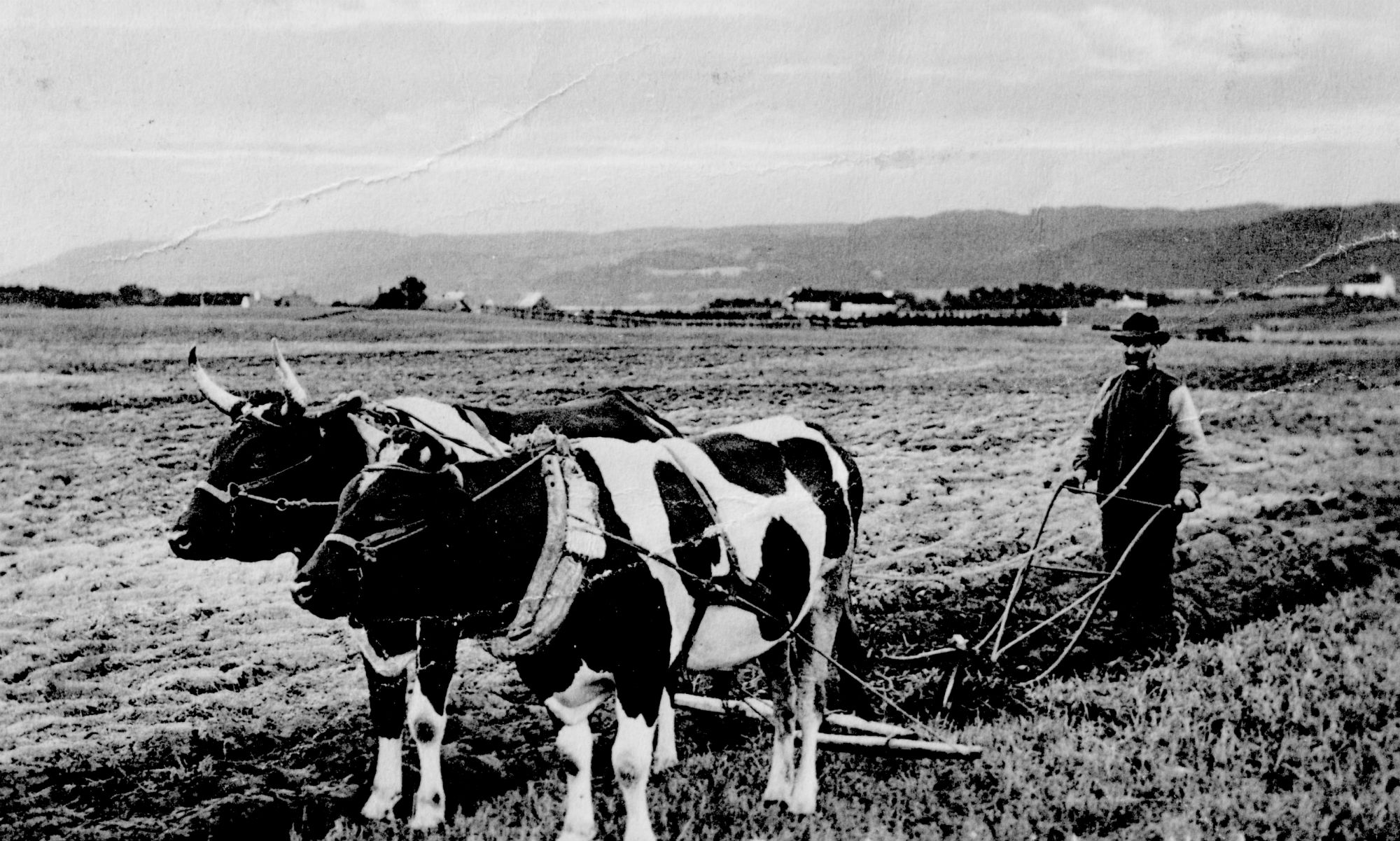Danish Criminal Procedure
– a comparison with English law
thesis submitted – and approved – for the Diploma of Legal Studies,
Hughes Hall, University of Cambridge
December 1989
Reasons for the present publication
Publishing a 30 years old text is unusual, but chapter 9 on evidence, which is nearly 1/3 of the dissertation, remains one of very few articles on Danish evidence law, whether in English or Danish, and certainly the only with an emphasis on a comparison with other legal systems.
Some of the other chapters – particularly those on the composition of the courts and trial – are now completely obsolete, but I have included them for 2 reasons, firstly in order to show the full thesis and secondly to give me a serious incentive to follow up with a revision.
Contents
Chapter 1: Introduction
Chapter 2: The statutes
Chapter 3: The Area of Criminal Procedure
Chapter 4: The Courts
Chapter 5: The Judiciary
Chapter 6: The Prosecution
Chapter 7: The Defence
Chapter 8: The Trial
Chapter 9: Evidence Law
Chapter 10: Rulings of the Court
Chapter 11: Appeals
Chapter 12: Resumption
Chapter 13: Conclusions
– List of Danish Literature
– Notes
– Peer review in Danish
Summary:
This dissertation is intended to give a general survey of the law of criminal procedure in Denmark .
The subject has been chosen because although Denmark (and the rest of Scandinavia with her) do belong to neither the common law tradition nor to the central european civil law and has developed a distinctive strain of substantive law her constitutional and adjective law nevertheless came under strong Anglo-American influences in the mid-19th century.
In the area of adjective law this resulted in the enactment of a new code of procedure called the Administration of Justice Act which came into force in 1919. It has since been extensively revised. The statute is not available in an English translation.
By going through most of the different aspects of criminal procedure except sentencing a number of areas are shown in which the adopted English ideas have been developed. These developments include very different rules on police powers, the abolition of committal proceedings, appeals of ancillary matters by third parties, and the resumption of unsafe verdicts be they acquittals or convictions. Furthermore a basic outline of the Danish law of evidence which is characterized by simplicity and the absence of exclusionary rules is given.
Finally, some areas for future study are suggested.

